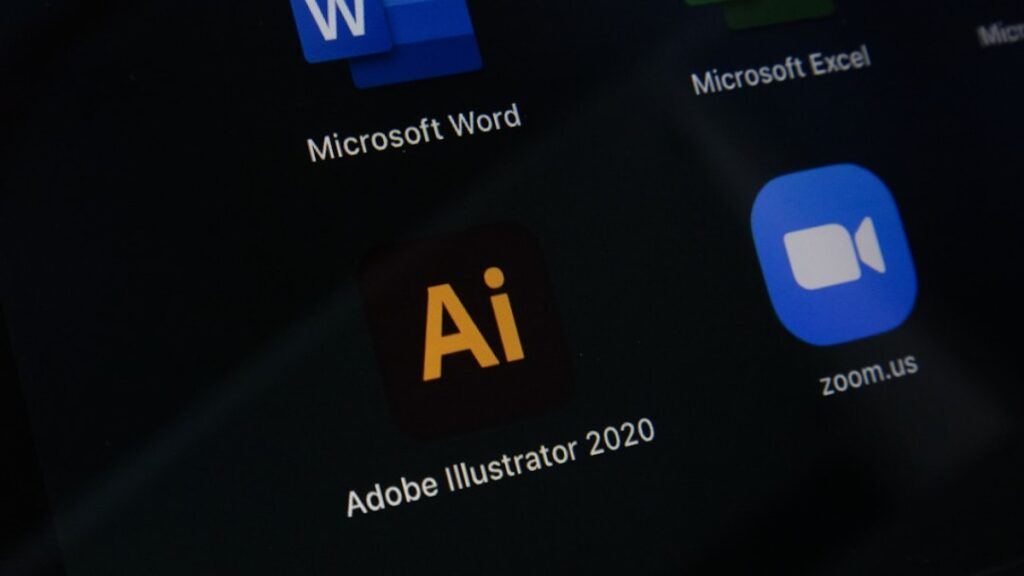
I’ve always been fascinated by the history of technology and how it has shaped the world we live in today. One of the most intriguing aspects of this evolution is the development of operating systems (OS). From the early days of computing to the sophisticated systems we use today, the journey of operating systems is a testament to human ingenuity and innovation. In this article, I’ll take you through a historical perspective on the evolution of operating systems, sharing personal anecdotes and insights along the way.
The Early Days: Batch Processing Systems
The story of operating systems begins in the 1950s with batch processing systems. Back then, computers were colossal machines that filled entire rooms. They were primarily used for scientific and engineering calculations. There was no concept of an interactive user interface; instead, users submitted jobs on punch cards to be processed in batches.
My First Encounter with Batch Processing
During a visit to a computer museum, I had the chance to see one of these early machines in action. Watching the punch cards being fed into the computer and seeing the results printed on paper was like stepping back in time. It gave me a profound appreciation for the progress we’ve made since those early days.

The Birth of Time-Sharing Systems
The 1960s marked a significant milestone in the evolution of operating systems with the introduction of time-sharing systems. These systems allowed multiple users to interact with the computer simultaneously by sharing its resources. This was a revolutionary concept that paved the way for modern multitasking operating systems.
Learning About Time-Sharing
I remember reading about MIT’s Compatible Time-Sharing System (CTSS) and how it allowed multiple users to access the IBM 7094 computer at the same time. The idea of having multiple users interact with a single machine was mind-blowing to me. It highlighted the importance of efficient resource management in operating systems.
The Rise of UNIX
The 1970s saw the emergence of UNIX, an operating system that would leave a lasting impact on the world of computing. Developed at AT&T’s Bell Labs, UNIX was designed to be a portable, multi-tasking, and multi-user operating system. Its simplicity, elegance, and powerful command-line interface made it a favorite among computer scientists and developers.
My First Experience with UNIX
During my college years, I had the opportunity to work with UNIX on a DEC PDP-11 computer. The experience was eye-opening, as I learned to appreciate the power and flexibility of the command-line interface. UNIX taught me the importance of understanding the underlying system and the value of open-source software.
The Personal Computer Revolution
The late 1970s and 1980s brought about the personal computer revolution, which introduced operating systems like MS-DOS and the early versions of Windows. These operating systems were designed for personal use, making computers more accessible to the general public.
My First Personal Computer
My first personal computer was an IBM PC running MS-DOS. I remember the excitement of exploring the command-line interface and learning to navigate the file system. It was a steep learning curve, but the sense of accomplishment I felt when I mastered it was unparalleled. This experience laid the foundation for my passion for operating systems.

The Rise of Graphical User Interfaces (GUIs)
The introduction of graphical user interfaces (GUIs) in the 1980s revolutionized the way we interacted with computers. Apple’s Macintosh and Microsoft’s Windows brought intuitive, user-friendly interfaces that made computing more accessible to a wider audience.
Exploring GUIs for the First Time
The first time I used a Macintosh, I was blown away by the ease of use and the visual appeal of the GUI. It was a stark contrast to the text-based interfaces I was used to. This experience made me realize the importance of user experience in operating system design and sparked my interest in human-computer interaction.
The Networked World: The Advent of the Internet
The 1990s saw the proliferation of the internet, which brought about significant changes in operating systems. Networking became a crucial aspect, and operating systems had to evolve to support internet connectivity and communication protocols.
My Journey into Networking
Setting up my first home network was a challenging yet rewarding experience. Configuring network settings on Windows and learning about TCP/IP protocols opened my eyes to the complexities of networking. It also made me appreciate the seamless integration of networking features in modern operating systems.
The Rise of Open Source: Linux
The 1990s also witnessed the rise of Linux, an open-source operating system inspired by UNIX. Created by Linus Torvalds, Linux became a cornerstone of the open-source movement, offering a free and customizable alternative to proprietary operating systems.
Discovering Linux
Installing Linux for the first time was a transformative experience. I was amazed by the level of control and customization it offered. The vibrant community of developers and users willing to share their knowledge and contribute to the project was inspiring. Linux taught me the value of collaboration and the power of open-source software.
The Mobile Revolution
The 2000s brought about the mobile revolution, with operating systems like Apple’s iOS and Google’s Android transforming the way we interact with technology. These mobile operating systems were designed for touch interfaces and optimized for mobile hardware, making smartphones and tablets an integral part of our lives.
My First Smartphone
My first smartphone was an iPhone, and it was a game-changer. The seamless integration of hardware and software, combined with the intuitive touch interface, redefined my expectations of what an operating system could do. It highlighted the importance of optimizing operating systems for different form factors and use cases.
The Era of Cloud Computing
The 2010s saw the rise of cloud computing, which has had a profound impact on operating systems. Cloud-based operating systems and services, such as Google Chrome OS and Microsoft Azure, have revolutionized the way we store and access data, offering scalability and flexibility.
Embracing the Cloud
My journey into cloud computing began with setting up virtual machines on AWS and Azure. The ability to spin up servers on demand and scale resources dynamically was a revelation. It made me appreciate the power of cloud-based operating systems and the importance of reliable, scalable infrastructure.

The Future of Operating Systems
As we move forward, operating systems continue to evolve, with new technologies and trends shaping their development. Here are some exciting directions for the future:
Artificial Intelligence (AI) Integration
Artificial intelligence is set to play a significant role in the future of operating systems. AI-powered features, such as predictive analytics, voice assistants, and automated system maintenance, are becoming increasingly common.
My Experience with AI-Powered Features
Using AI-powered voice assistants like Siri and Google Assistant has been a fascinating experience. The ability of these systems to understand natural language and perform tasks autonomously has given me a glimpse into the potential of AI in operating systems.
Edge Computing
Edge computing is another emerging trend that involves processing data closer to the source, reducing latency and bandwidth usage. This approach is particularly relevant for applications that require real-time processing, such as autonomous vehicles and IoT devices.
Exploring Edge Computing
My work with IoT projects has highlighted the importance of edge computing. Deploying edge devices and configuring them to process data locally has shown me the potential of this technology in reducing latency and improving efficiency.
Quantum Computing
Quantum computing represents a paradigm shift in computing, with the potential to solve complex problems beyond the capabilities of classical computers. Operating systems for quantum computers will need to manage qubits and quantum operations, presenting new challenges and opportunities.
Quantum Computing Exploration
Attending a seminar on quantum computing was a mind-bending experience. The concepts of superposition and entanglement were difficult to grasp, but the potential applications were exciting. It made me realize that we are on the cusp of a new era in computing, and operating systems will need to evolve to keep pace with these advancements.
Conclusion: A Journey Through Time
The evolution of operating systems is a journey through time, reflecting the technological advancements and changing needs of society. From the early batch processing systems to the sophisticated AI-powered operating systems of today, each step in this journey has brought new challenges and opportunities.
For me, mastering operating systems has been a transformative experience, providing a deeper understanding of the technology that powers our modern world. It’s a journey filled with discovery, challenges, and rewards, and I look forward to seeing what the future holds for operating systems.


